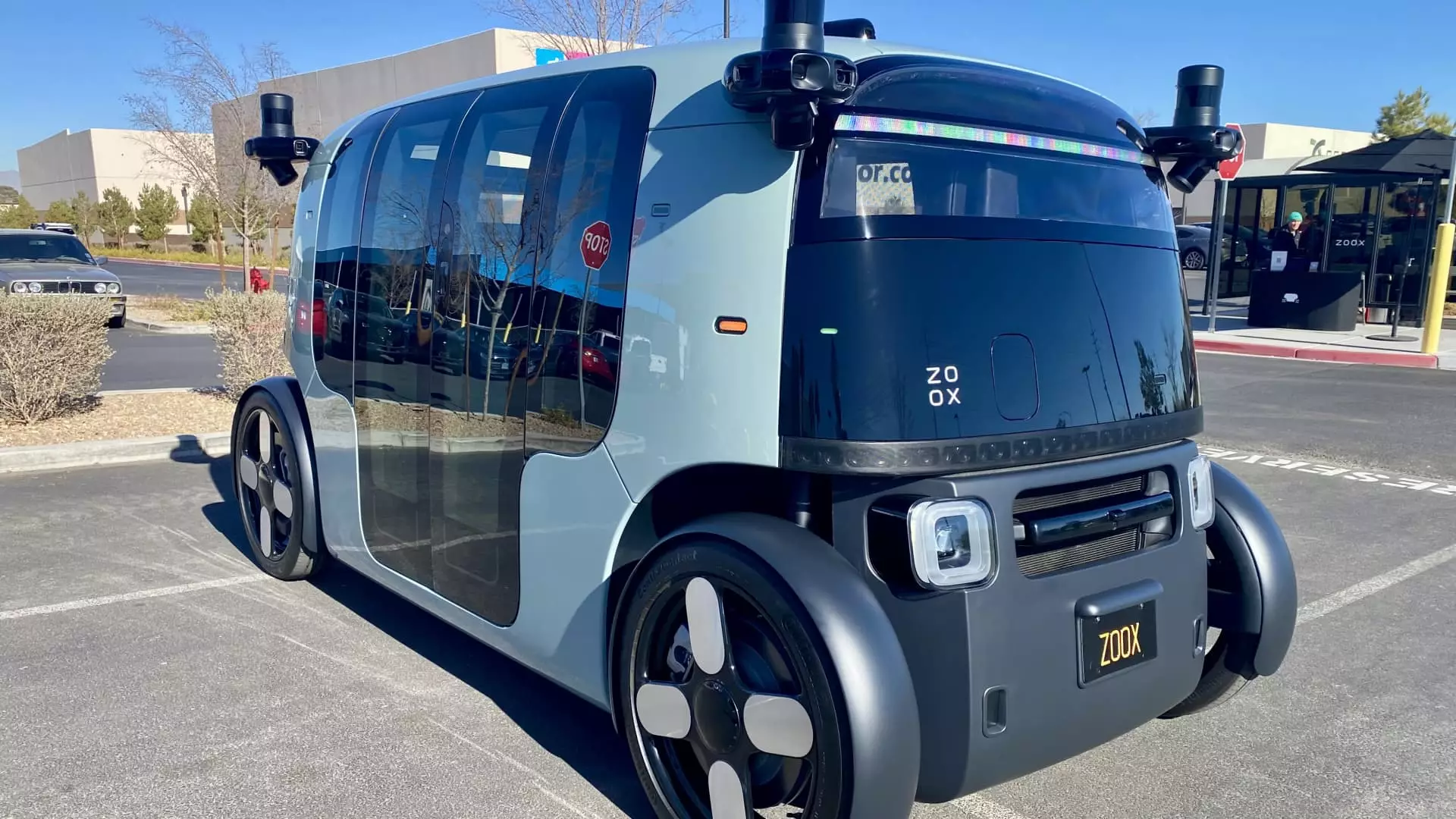The landscape of autonomous vehicles is rapidly evolving, with a few standout competitors leading the charge. Among them is Zoox, an Amazon-backed company that stands at a critical juncture in its journey toward commercialization. As it gears up for major expansions, Zoox is shaping the future of robotaxis with its unique approach, ambitious growth plans, and challenges that lie ahead.
Zoox’s Vision: A Shift in Urban Mobility
Zoox aims to transform how we navigate urban environments, with co-founder Jesse Levinson expressing excitement about upcoming changes. The company’s goal is to provide on-demand transportation services without human drivers, an approach unlike much of the competition, which typically retrofits existing vehicles for autonomous capabilities. The Zoox robotaxis have been designed from the ground up with no steering wheel or pedals, carving a distinct niche in an industry cluttered with makeshift solutions.
As Zoox prepares for its “Early Rider Program” in Las Vegas, the city is not just a testing ground; it’s poised to be the company’s first lucrative market. The robotic taxis will soon offer rides to the public, meaning more than just an additional service; it’s the beginning of an expansive vision that aims to place self-driving vehicles at the heart of urban mobility across major U.S. cities. Cities like San Francisco and potential markets like Miami are already on Zoox’s radar, suggesting a bold plan that could reshape transportation paradigms.
Despite its ambitious outlook, the road to commercial success for Zoox is fraught with challenges. The initial enthusiasm surrounding autonomous vehicles has settled into a more cautious optimism as companies grapple with the realities of their high operational costs and complex regulatory climates. Legacy automakers like GM and Ford have notably retrenched their efforts in autonomous vehicle divisions, indicating that the path to mass adoption is not as straightforward as initially assumed.
Furthermore, public sentiment regarding safety in self-driving vehicles remains a significant hurdle. For instance, an accident involving General Motors’ Cruise division raised serious concerns about regulatory transparency and operational safety. Zoox’s initial test drives encourage some hope, showcasing its vehicles’ ability to navigate busy streets effectively, yet the concerns loom large.
Sound, strategic scaling and unwavering safety protocols form the backbone of Zoox’s operational philosophy. Levinson articulated this sentiment clearly, emphasizing a gradual approach that prioritizes public safety—a necessity when dealing with technology that operates in unpredictable urban settings.
As Zoox prepares to roll out its services, the question of business viability becomes paramount. Market experts like Sam Abuelsamid highlight the technological progress made by Zoox but remain skeptical regarding its business model’s sustainability. Various companies have attempted to penetrate the robotaxi market, but riding on technological advancements alone isn’t sufficient to achieve profitability.
In this regard, Zoox may need a multi-pronged strategy that combines high passenger volumes, effective partnerships, and possibly even subsidies from Amazon to thrive in an industry marked by competitive and financial pressures. The lesson is clear: where skill in programming autonomous systems has been demonstrated, the roadmap to recouping investment and generating profit remains murky.
Waymo’s Dominance and the Path Forward
Waymo continues to serve as the gold standard within the industry, having successfully launched a comprehensive ride-hailing service. As Zoox enters the market, it will inevitably be compared to both the technological prowess and operational capabilities of its predecessor. The sustained success of Waymo, coupled with its partnerships, heightens the pressure on Zoox to innovate and differentiate itself further.
In navigating this competitive landscape, Zoox must also address the real and perceived threats to public safety that autonomous driving technologies present. Developing a robust framework to ensure customer and public trust will be as crucial as perfecting the technology itself.
Zoox is poised at an exciting but challenging crossroads, faced with the dual tasks of innovating technology while ensuring public safety and profitability. Its plans for the future reflect both ambition and a keen awareness of the industry’s pitfalls. With the backing of Amazon, Zoox stands a chance to carve out a unique position within the autonomous vehicle market, but the coming years will be critical in determining whether it can realize its lofty ambitions amidst skepticism and regulatory complexities. Navigating this landscape effectively might not only lead to success for Zoox but also propel the concept of autonomous mobility into the mainstream.

